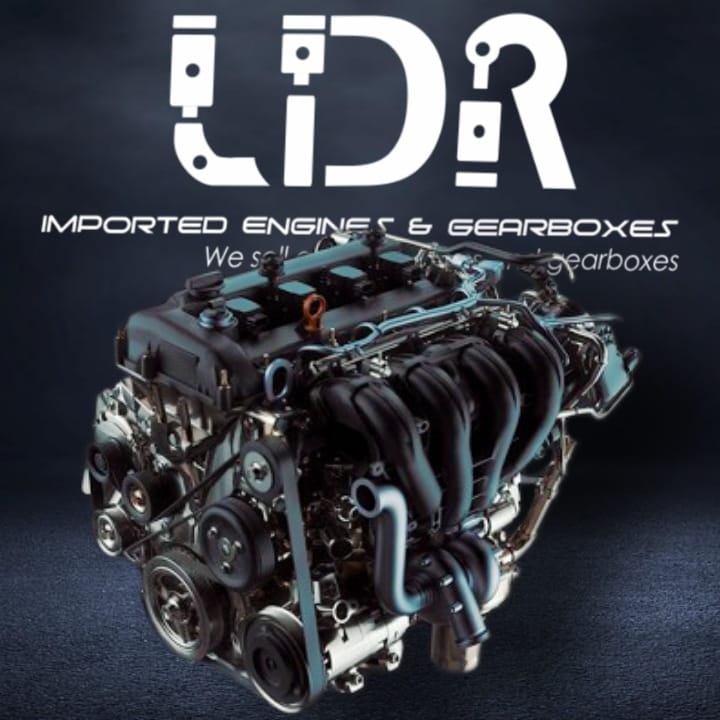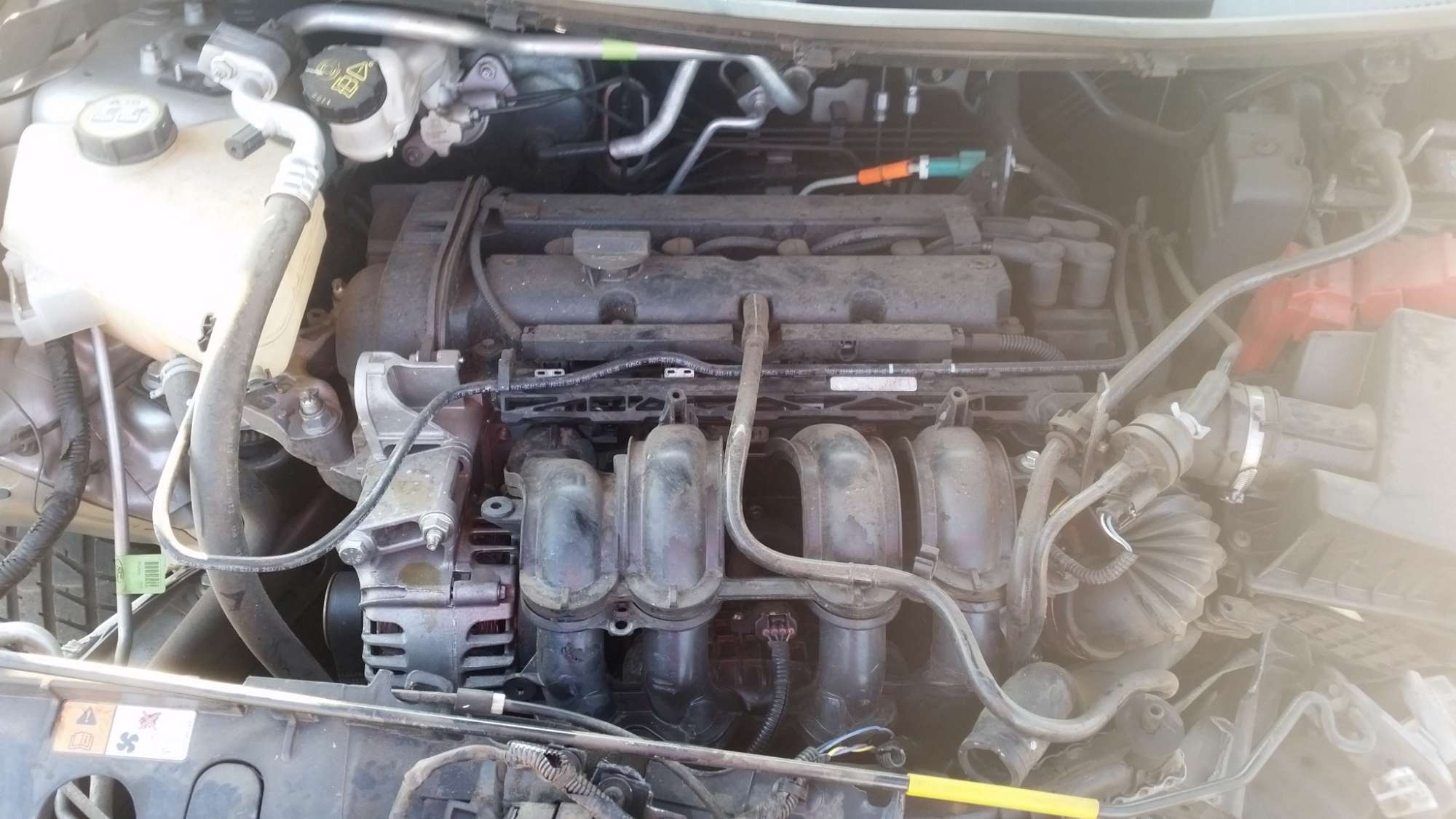Protect Your Investment with Proper Ford Fiesta Engine Maintenance
Protect Your Investment with Proper Ford Fiesta Engine Maintenance
Blog Article
Exploring the Development of Engines: From Timeless Layouts to Modern Marvels
The advancement of engine modern technology represents a considerable narrative in the background of technology, noted by critical developments that have consistently redefined transport and market. From the first heavy steam engines that powered the Industrial Change to the introduction of interior burning engines that transformed mobility, each phase has added to higher effectiveness and capacity. Currently, the transition to electrical power signifies not only a technical shift but likewise a more comprehensive commitment to ecological sustainability. As we take a look at these milestones, one need to consider how the future of engine style might unravel, challenging our assumptions of power and effectiveness.
The Birth of Engine Technology
The introduction of engine innovation noted a turning point in human advancement, transforming power conversion and transport. The earliest engines arised from the need to harness mechanical power for useful usage, leading to the advancement of tools that transformed various energy types right into movement. The concept of the engine can be traced back to ancient human beings, where basic equipments, such as the waterwheel and windmill, made use of natural forces to perform job. Nonetheless, it was during the late 17th and very early 18th centuries that significant improvements started to appear.
The development of the inner burning engine and the invention of the steam engine catalyzed an extensive change in commercial capacities. These engines not just improved performance but likewise increased the extent of human flexibility, allowing unmatched transport possibilities. The early prototypes laid the groundwork for the mechanical globe, promoting the surge of markets and improving societal structures.
As engine designs evolved, they progressed and incorporated innovative products design principles, leading the way for contemporary advancements - ford fiesta engine. The birth of engine technology ignited a relentless search of effectiveness and power, setting the phase for the dynamic advancement of transport and commercial equipment that would certainly adhere to
Vapor Engines and Their Influence

The heavy steam engine's influence was specifically obvious in the transportation market (ford fiesta engine). Steam-powered engines helped with the fast activity of items and individuals across substantial ranges, properly diminishing the geographical obstacles that had previously hindered profession and communication. Steamships revolutionized marine traveling, allowing for quicker and much more reliable crossings of rivers and oceans.
In market, heavy steam engines powered manufacturing facilities, making it possible for mass production and the rise of urban centers as centers of economic task. Steam innovation promoted technologies in design and production processes, laying the foundation for future innovations in engine design.
The Rise of Internal Combustion
Frequently eclipsing steam power, the increase of inner burning engines noted a transformative change in transportation and market throughout the late 19th and very early 20th centuries. The advancement of these engines, characterized by their capability to melt gas within the engine itself, allowed higher effectiveness and power compared to standard heavy steam engines. Pioneering inventors such as Nikolaus Otto and Rudolf Diesel played important site roles in developing engine layouts, causing extensive adoption in automobiles, watercrafts, and commercial machinery.
The interior combustion engine's portable size and relatively lightweight nature promoted the introduction of personal automobiles, reinventing private mobility and reshaping urban landscapes. By enabling faster traveling and the effective transport of items, these engines catalyzed financial growth and fostered globalization. The adaptability of fuel alternatives, consisting of gas and diesel, even more boosted their charm, allowing for varied applications across various markets.
Despite the ecological concerns that would certainly later arise, the preliminary appeal of interior combustion innovation stocked its transformative capacity. As culture embraced this development, the structure was laid for modern transport systems, developing interior burning engines as a cornerstone of commercial advancement and day-to-day life throughout the 20th century.
Innovations in Engine Efficiency
As interior burning engines became indispensable to transportation and market, the focus moved towards boosting their efficiency to meet expanding demands for performance and sustainability. Advancements in engine layout, product science, and modern technology have actually considerably contributed to this advancement.
One major improvement is the advancement of turbocharging, which permits for boosted air intake, causing more complete fuel combustion and enhanced power output without expanding engine dimension. In addition, variable shutoff timing systems have been executed to enhance engine performance across various RPM varieties, thus click now improving gas effectiveness.
The use of sophisticated fuel injection modern technologies, such as straight shot, has actually additionally played a crucial function. This technique permits more accurate control over the fuel-air blend, promoting much better combustion and reducing discharges. Light-weight products, consisting of aluminum and composite parts, have actually been embraced to minimize overall engine weight, leading to boosted effectiveness.
These developments show a wider trend within the auto market, where the synergy between design advancement and environmental considerations drives the ongoing pursuit for higher efficiency in interior burning engines. As an outcome, contemporary engines are currently much more powerful, cleaner, and reliable than ever, leading the way for a more lasting future in transportation.
The Shift to Electric Power
With expanding concerns over ecological effect and fossil gas reliance, the vehicle industry is experiencing a substantial shift in the direction of electrical power. This change is driven by a combination of technical advancements, governing pressures, and transforming consumer preferences. Electric lorries (EVs) provide an engaging alternative to typical interior combustion engines, boasting minimized greenhouse gas emissions and reduced operating expense.
The surge of battery technology has actually been a video game changer, with lithium-ion batteries ending up being more reliable and cost-effective. Improved power thickness and faster charging abilities have actually made EVs more functional for day-to-day usage. Governments worldwide are implementing rewards and establishing enthusiastic targets for phasing out fossil gas vehicles, thus speeding up the fostering of electrical power.
Significant automakers are investing greatly in r & d, causing the introduction of a diverse variety of electrical versions. This consists of not just automobile yet also business lorries and public transportation remedies. As charging infrastructure expands and battery modern technology proceeds to enhance, the change to electric power is positioned to reshape the vehicle landscape, advertising sustainability and technology in the years ahead. The future of transport is electric, and the energy is indisputable.
Verdict
The development of engine innovation represents a considerable trajectory of development that has actually greatly influenced transportation and industry. From the fundamental steam engines to the transformative inner burning engines, each advancement has added to enhanced flexibility and economic growth. The present change towards electrical power highlights an important commitment to sustainability, driven by improvements in battery innovation. This recurring development not just mirrors transforming societal requirements but likewise highlights the possibility for a cleaner and extra reliable future in engine layout.

Report this page